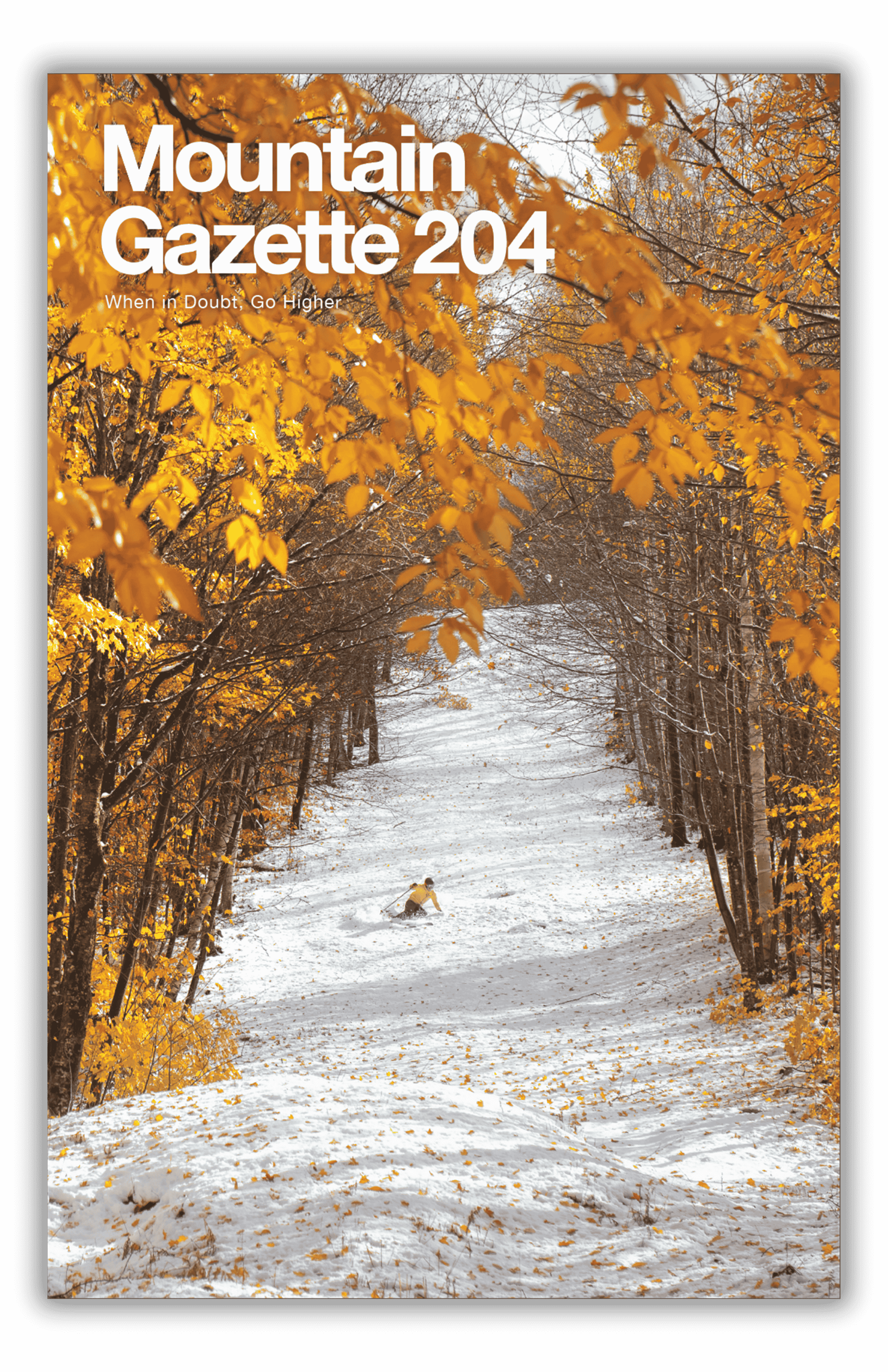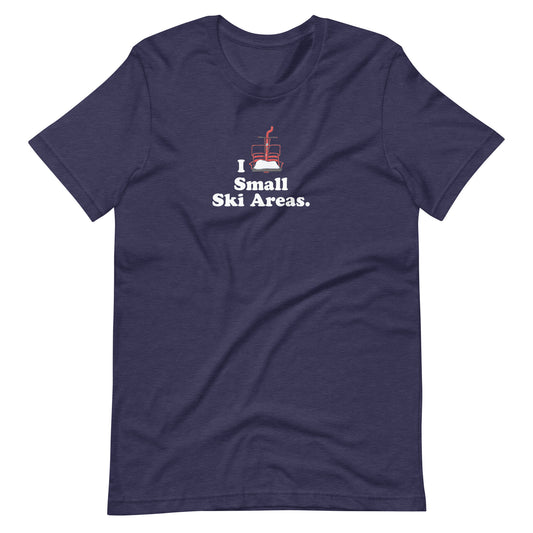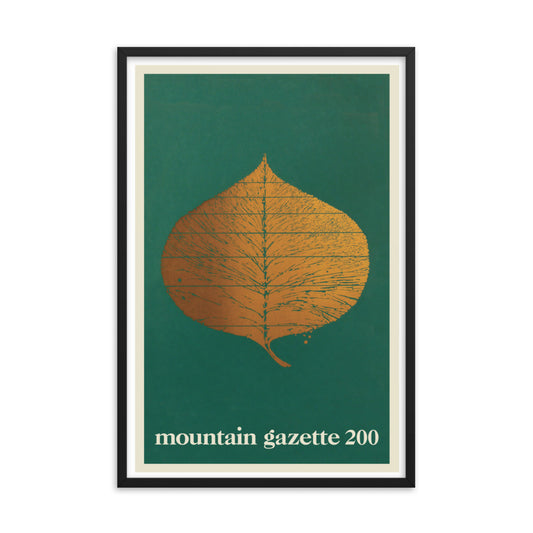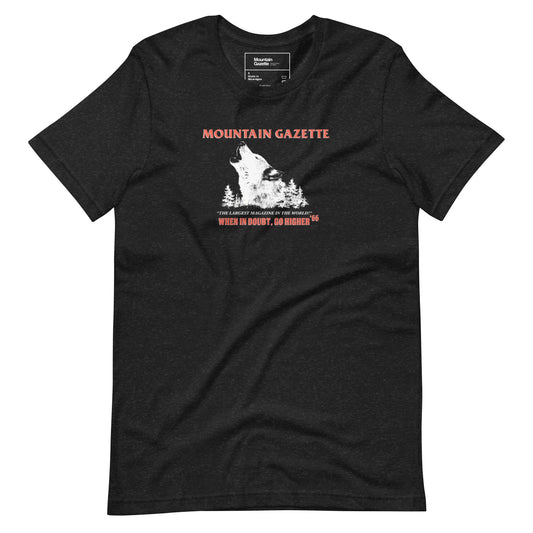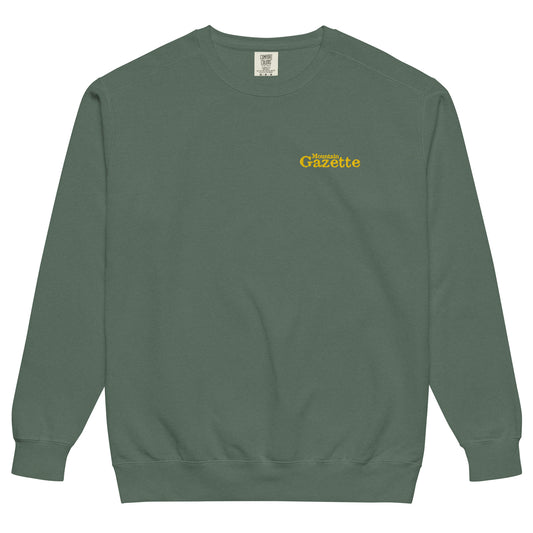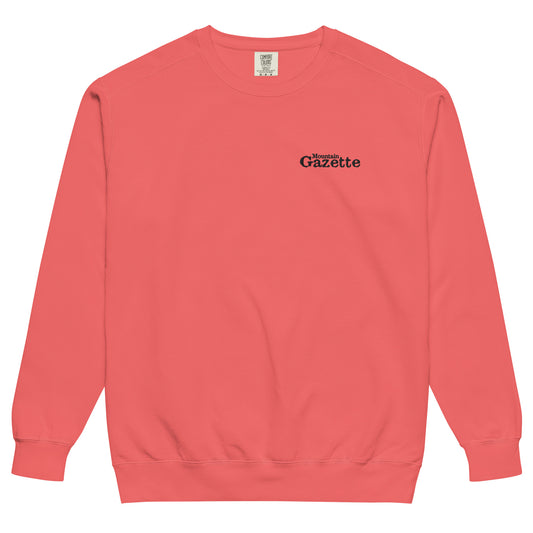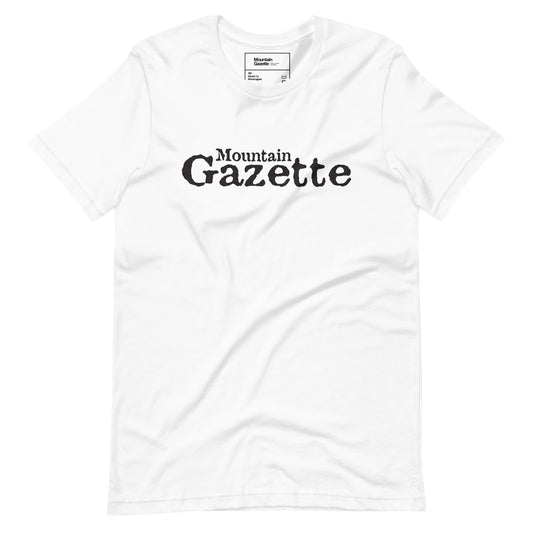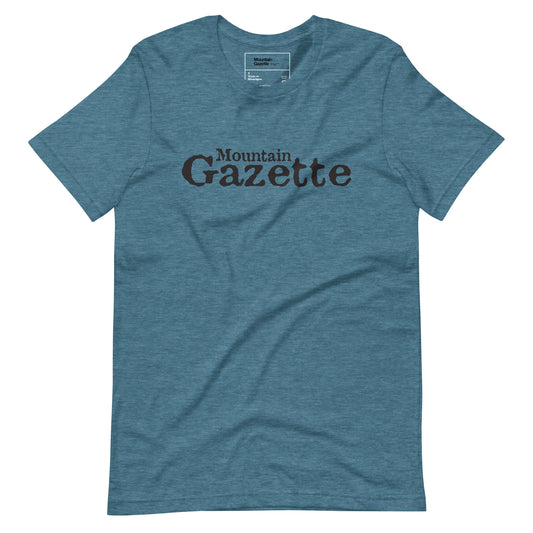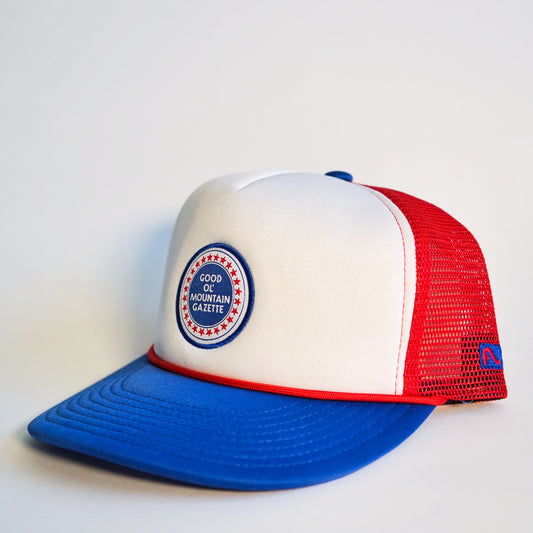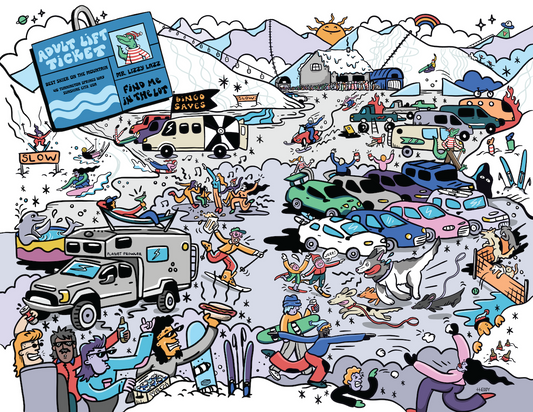A Q&A with street photographer & Mountain Gazette contributor Jason Roman
By Hannah Truby
“There’s this idea that you don’t really own anything in the city,” Jason Roman says of his hometown. “Photography became a way to kind of show some ownership over a space. I can tap into something superficial or forgotten—it turns from just a snapshot into a story.”
Since picking up his first camera only four years ago, Stockezy—Roman’s creative moniker—has been capturing the people and pulse of New York City as a street and portrait photographer. With clients such as The New Yorker, Google, and Leica, Roman’s portfolio is vast yet distinct. Defined by muted tones, deep shadows, and warm highlights, his images balance grit with softness, honesty with sentimentality, and transform the mundane—like pigeons, as featured in Mountain Gazette 202—into moments of marvel.
True to his New York roots, Roman doesn’t have a driver’s license—but as a street and portrait photographer, that suits him just fine; boots on the ground is how he works best.
Hannah: You were born and raised in New York City–what was your childhood like?
Jason: Yep. Born in Harlem, but I grew up mostly in Brooklyn and the Bronx. My father passed away when I was five, which kind of destabilized us a little bit. So we jumped around quite a lot from apartment to apartment so it didn't really feel like we belonged anywhere. Every year I was in a different school, constantly making new friends. I think that was kind of a detriment to my social life–but also probably helped me become more social.
The City plays a major recurring role in your work. What advantages has it had on your career?
New York City inspires me because it feels a bit like a play. There's also this idea that you don't really own anything in the city [laughs]. Photography became this way to show some ownership over a space. Our existence is very passive, right? So we're just moving through space and time very quickly, going from point A to point B, but like now with the camera in my hand, I can absorb a space for hours, which is incredible. And the experiences that I was having just from standing outside with a camera, people would come up to me, and I would get invited into their homes. It’s added tons of depth to my life.



What is it about street photography that captivates you?
I think when you get deeper into photography, you kind of ask yourself ‘why’ a lot—why am I taking photos? At least I did–not everybody needs to have a "why" or depth to what they're doing. But I think for me, it became very important to know what was making me tick, and through asking myself that, photos that felt spontaneous or random didn't resonate with me enough. Like they didn't have a connection or meaning. So I felt like I needed to talk to people to establish myself in the image. And that kind of changed the way I started photographing. I’m not interested in just a snapshot–I’m more interested in the connection.
So what’s your ‘why’?
I think it’s because I'm casting my play: What is New York City? And what is a New Yorker? Because it's constantly changing, always in flux, I've realized I'm very attracted to people that strike me as unmistakably New York–old school New Yorkers, or people that add to the space or completely change it.
On a deeper level, I think I'm trying to show people–through my gaze, which is obviously the Black gaze–what I find beautiful and my sensitivities to life. I think there are a lot of preconceived notions about what I might see or how I move through space and time. But for me, I want to show people that I'm attracted to everything—whether it be a pigeon, a butterfly, another human being, or a coffee spill. I want to show people that my gaze is sensitive and beautiful. So I hope when they look at my images, they think about the way I see, who I am, and how I move through the world.



What's the most surprising thing that's happened to you because of photography?
I have a friend that I made compete with me on Delta air miles. And I always joke around and say, ‘I didn't know cameras came with plane tickets’ [laughs]. The amount of countries and places I've visited—I've been diamond status for the last three years! It's kind of insane to me that buying a camera has gotten me the lifestyle that I now live. It's such a wonderful thing because on a very small level, it introduces me to people. It gets me outside, walking further. But on a bigger level, it's completely changed my life.
What inspires you most? Where do you look for inspiration when it is hard to find?
Travel inspires me a lot. Even though the more you travel the more things feel the same, you come back with fresh eyes. And you start looking at things a little bit differently. Whenever I come back from a long trip or something like that, I always have this fire under me. You know that feeling when you just touch back down in your hometown, you're in a taxi back, and there's this electricity in the air? That’s when I’m ready to dive back in and reconnect. Maybe when I’m 60, my work will be from all over the world, but the things I care about the most, the most personal stuff, are going to be from New York City.


You’ve mentioned photographers like Bruce Davidson and Steve McCurry as early inspirations. What was it about their work that sparked something for you, and how have they influenced your own approach?
I love people who don't try to do anything too flashy, and whose ideas are really simple, focusing on the people. Those are the things that touch me the most emotionally. Those photographers have always struck me as people who are very emotionally intelligent. When I look at their images, I can feel that they are profoundly connected to what someone else is going through. I like to think I'm the same way. So I try to walk through the streets and look for an emotion.
You’ve said that you're still in the early stages of finding what you want to say through your work. How has your perspective evolved since you first picked up a camera? How do you see it continuing to evolve?
I don't think it ever stops. I might say something different to this every year, but this year I'm focusing on photographing pigeons because I think there's integrity and beauty in the forgotten. That might just be the thing I have to say this year. But overall, allowing myself to photograph and feel a bunch of different things, instead of feeling like my body of work needs to be one specific thing–that’s important.
What do you hope people see or feel when they look at your images?
I think I want people to feel inspired to connect. I think the greatest thing about photography is the ability to interact with a whole human being, with stories and a life. And I think it's the greatest missed opportunity to not connect with other human beings around us. I’m a very curious person–the same way that I am with clothes or a watch, I am passionate about the things I love, and that’s infectious. So, whenever people see my pictures, I hope they get inspired to just connect with other human beings, no matter who they are, no matter where they're from.



Looking ahead, what do you hope the next ten years hold for you creatively? Are there specific stories/themes you want to explore?
I want to do a gallery and a book about my pigeons within the next year or so. And I'm really starting to get into filmmaking. I've shot three short films at this point, and I want to shoot a feature.
Overall, the goal is always to make more money to make more free time. But with that, my schedule is just ridiculous [laughs]. I've been sitting on this computer editing all day long. But I want to get to a point where I no longer touch any of these things. I don't want to be on the computer. I want to be out shooting and enjoying the world, just making the work, and then having someone else edit these types of things for me.
To connect or keep up with Roman’s work, give him a follow at @stockezy



